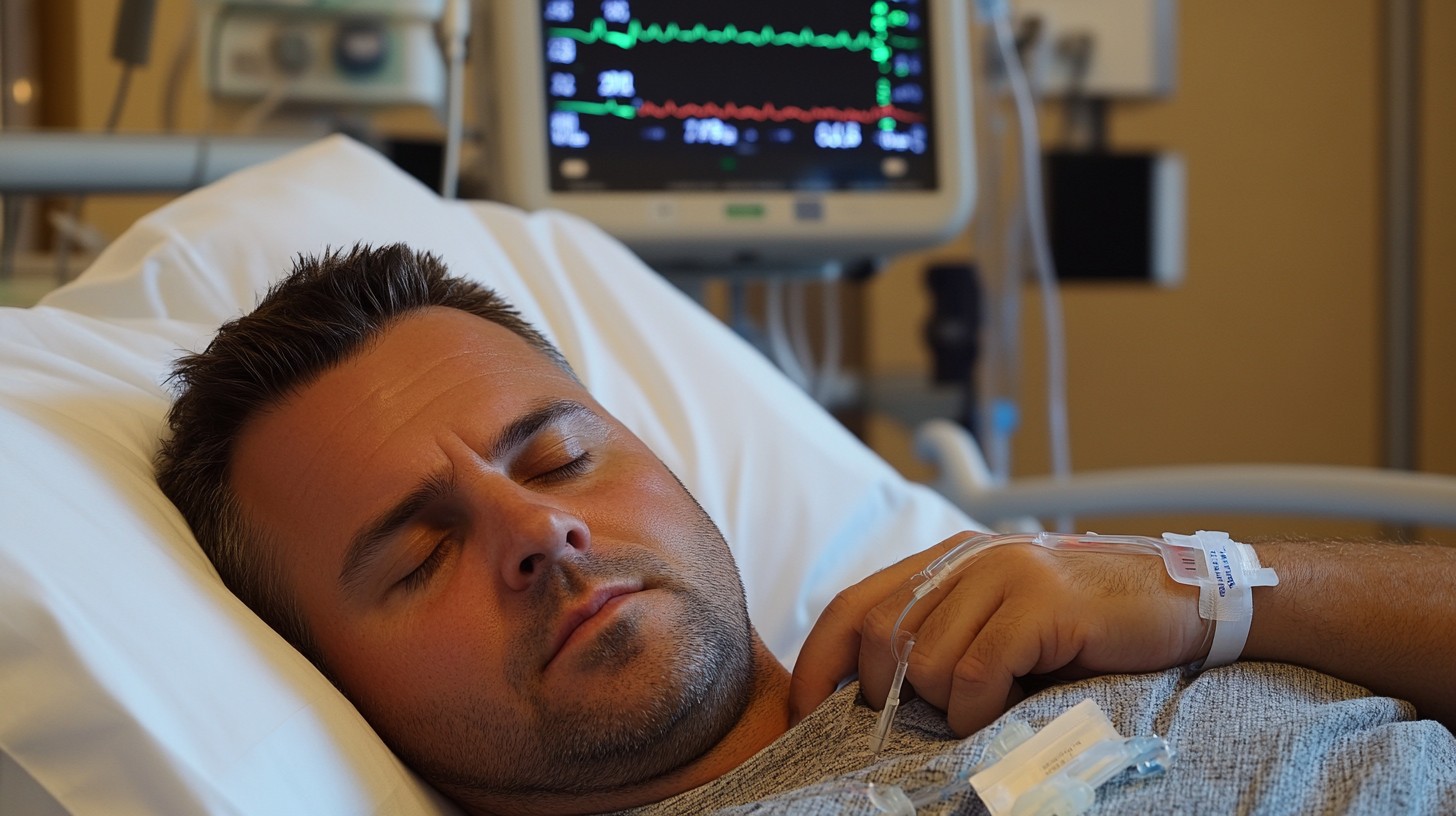Malnutrition is a condition of poor nutrition, characterised by an imbalance of nutrients in the diet. Malnutrition can go both ways – meaning there can be a lack of nutrients or an excess of nutrients that are essential for health. The terms used for these conditions are undernutrition and overnutrition.
Undernutrition results from a deficiency of nutrients, proteins, minerals, and vitamins needed for the body to function properly. Conversely, overnutrition occurs when there is an excess of certain nutrients, though some nutrients may still be lacking.
What Are the Signs and Symptoms of Malnutrition?
Undernutrition
- Weight loss
- Decreased muscle and fat mass
- Prominent bones, such as cheekbones and eye bones
- Thin arms and legs but a swollen abdomen (due to oedema)
- Fatigue, weakness, and apathy
- Frequent infections and slow wound healing
- Brittle hair and hair loss
- Decreased appetite
- Difficulty regulating temperature – often feeling cold
- Difficulty concentrating and irritability
- Mood changes, including depression and anxiety
- Dry skin and rashes
- In children: delayed development and impaired cognitive function
Overnutrition
- Accumulation of fat around the waist and abdomen
- Obesity or overweight
- Increased risk of chronic diseases, such as heart disease, stroke, type 2 diabetes, and certain cancers
- Sleep apnoea and shortness of breath, common in severe cases
- Joint pain
- Limited mobility
Malnutrition may be linked to other diseases. It’s important to note that these symptoms can be non-specific and may overlap with other health conditions. Consulting a healthcare professional for accurate diagnosis and appropriate management is crucial.
What Causes Malnutrition?
The causes of malnutrition can vary due to social, environmental, and economic factors. The environment you live in may not offer access to the foods required for a balanced diet, or it might be too costly to obtain all the nutrients through healthy food.
Causes of Undernutrition
- Food insecurity: Lack of access to sufficient, nutritious food due to poverty or limited availability.
- Inadequate dietary intake: Insufficient intake of essential food groups due to limited knowledge or restrictive diets. Some diets exclude food groups, potentially leading to deficiencies in certain minerals and vitamins.
- Medical conditions causing low calorie intake: Chronic illnesses like HIV/AIDS and diarrhoea can hinder nutrient absorption and utilisation.
- Medical conditions related to restricted food consumption: Some food allergies can result in nutrient deficiencies. While nutrients can be sourced from various foods, people may not know how to replace allergenic foods in their diet. Issues with swallowing or nausea may also make it difficult to eat certain foods.
- Mental health issues: Conditions such as depression, anxiety, and eating disorders can contribute to malnutrition.
- Eating disorders: Conditions like anorexia and bulimia.
- Malabsorption: Conditions that impair the digestive tract’s ability to absorb nutrients from food. For instance, inflammatory bowel disease, dysbiosis (imbalance in gut microbiome), and pancreatic or liver disease can all impact nutrient absorption.
Causes of Overnutrition
- Unhealthy dietary patterns: Excessive consumption of processed foods, sugary drinks, and unhealthy fats contributes to excessive calorie intake. Obesity is often associated with non-nutritious foods, so nutrient deficiencies can coexist with overnutrition.
- Lack of physical activity: An inactive lifestyle combined with a high-calorie diet promotes weight gain. Without sufficient physical activity, unused calories can accumulate as excess fat.
- Genetic factors: Certain genes may predispose individuals to obesity, though environmental factors play a significant role. It’s important to consider genetic predispositions while maintaining a healthy lifestyle to prevent diseases that may have a genetic component.
- Socio-economic factors: Limited access to affordable healthy food, combined with environments that discourage physical activity, can contribute to overnutrition.
- Stress and overeating: Chronic stress and binge eating can lead to malnutrition.
- Overuse of supplementation: Prolonged use of excessive supplements containing nutrients.
Treatment Options for Malnutrition
Treatment options for malnutrition vary depending on the underlying cause.
How Undernutrition Can Be Treated
- Dietary interventions: A nutritionist or dietitian can create a personalised dietary plan to address nutrient deficiencies. Additional supplements may also be recommended to ensure adequate levels of essential minerals and vitamins.
- Medical treatment: If malnutrition is due to another underlying medical condition, a healthcare professional should be consulted for diagnosis and appropriate treatment. The issue may be related to nutrient absorption rather than a dietary deficiency.
- Addressing eating disorders and mental health: Eating disorders and mental health issues leading to malnutrition should be treated. Behavioural therapy is recommended in such cases.
How Overnutrition Can Be Treated
- Dietary modifications: In cases of overnutrition, adopting a balanced diet rich in fruits, vegetables, whole grains, and lean protein, while limiting unhealthy fats, added sugars, and processed foods is advised. A dietitian or nutritionist can assist with meal plans and guidance for maintaining a healthy weight.
- Increasing physical activity: Engaging in regular physical activity helps burn excess calories and supports weight loss or management.
- Behavioural therapy: Therapy can help identify and address factors contributing to unhealthy eating habits, aiding in sustainable lifestyle changes for improved nutrition.
- Bariatric surgery: In severe cases, bariatric surgery may be considered as a last resort to promote significant weight loss.










